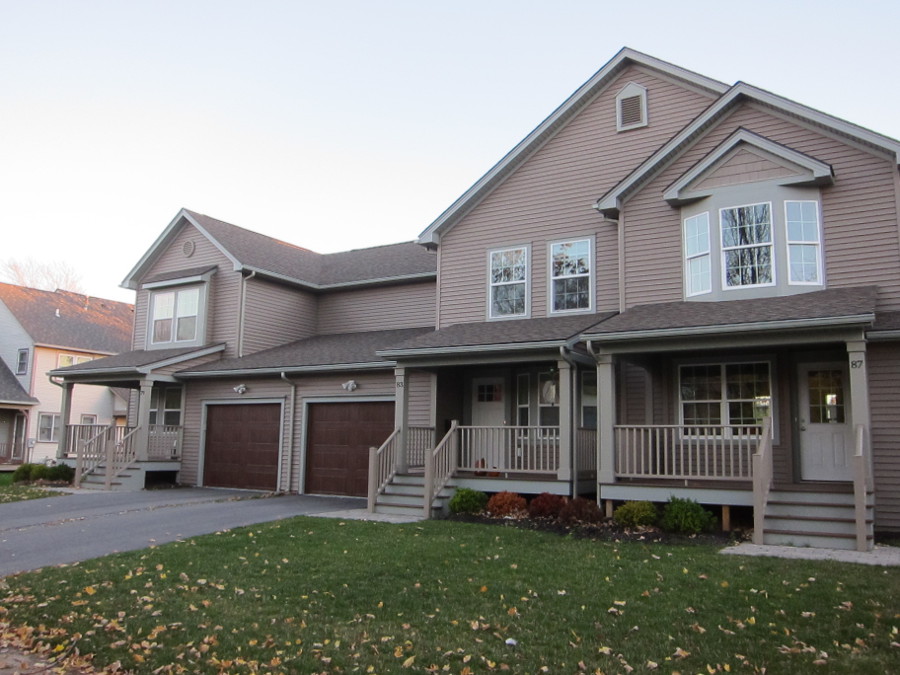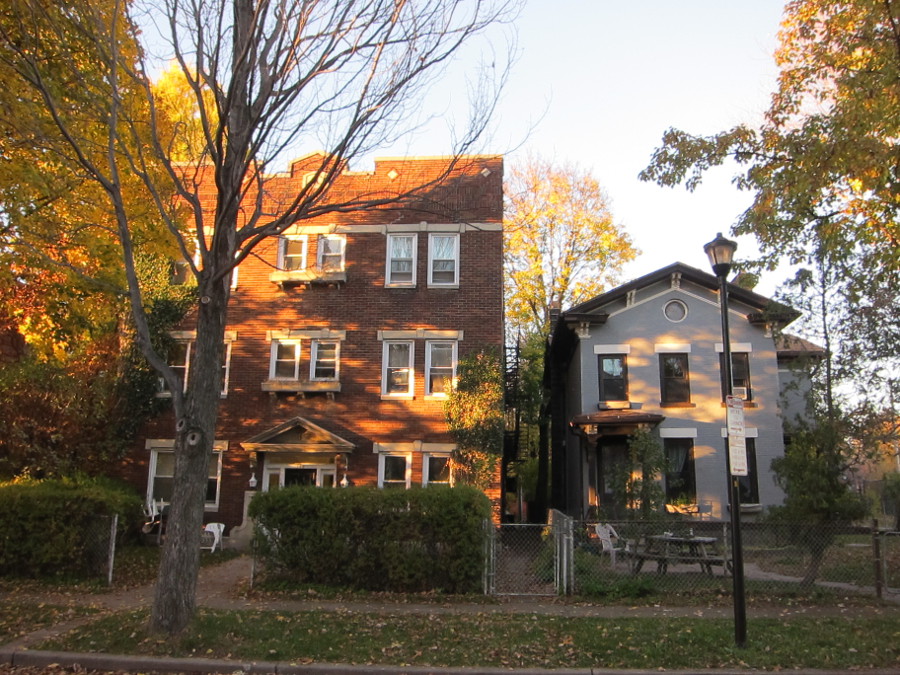This article was scraped from Rochester Subway. This is a blog about Rochester history and urbanism has not been published since 2017. The current owners are now publishing link spam which made me want to preserve this history.. The original article was published February 28, 2016 and can be found here.

And now for the final chapter of our little zoning adventure. This is the part where you, the gentle reader, are given the opportunity to read a final few hundred words about the kinds of zoning changes that would really make a difference in Rochester. If that sounds terrible (it might be), don't click on.
Overview
Much like this series has been broken up into different zoning uses (even my writing is Euclidian!), I am going to break this article up into Residential, Commercial, and Everything Else. In each segment, I'm going to talk a little bit about what I think should happen (and maybe why) to the various zones within that broader segment.

Residential
R-1
There are two primary changes I would like to see to the R-1 zone.
First, I'd like to see the minimum lot size changed back to a standard city lot. While I am well aware that existing city lots can have a single family home built on them legally, a currently undivided piece of land (say the parking lot on Carlson Road between Blossom and Humboldt) could not be built to the same density as the immediately adjacent, and very lovely, homes on Hampden Road.
Second, I'd like to see Accessory Dwelling Units (ADUs) allowed of-right. I understand the special place rich people hold in our society, but it's really something that you can legally have a tennis court in your backyard without special permission, but not an in-law flat. Allowing for density to double in the least dense areas of the city would be the quickest way to welcome new residents. While there are concerns about an investment, or profit motive from ADUs, the fact of the matter is that a two family with a clearly delineated house and apartment cannot bring in the same rental income as a house split into two similar apartments. The reason is that a larger house rents at a discount per square foot to a smaller unit. One need only look at the value and potential profit from an investment grade three-family in Corn Hill (such as 65 South Washington) versus an owner occupied home + ADU(s) such as 21 Atkinson.
R-2
I would like to see anything zoned R-2 to be rolled directly into R-3 zoning, and R-2 eliminated. There, that was simple.
R-3
There are a number of changes I'd like to see to R-3. In no particular order (but numbered anyway):
- I'd like to see parking minimums removed. If someone believes they can make a project pencil out without parking, they should be able to build it.
- I'd like to see minimum lot sizes removed. R-3 is dense residential, and it should be allowed to built as such.
- I'd like to see a form based overlay that would allow for multifamily housing that mixes in well with existing house-style portions of R-3 zones.
- I'd like to see allowances for neighborhood serving businesses such as cafes, bakeries, dry cleaners, etc allowed in some limited percentage of square footage on the first floor of buildings in R-3 zones (existing in the current Overlay-Boutique designation, but this should be rolled into R-3 at large). These businesses should also not have any parking requirements.
- Finally, I'd like to see reasonable portions of the city that are currently zoned R-1, but very near to C-zones, upzoned to R-3.
Commercial
C-1
There isn't much I'd like to see changed about C-1 except for the allowed size of a business. 3,000 square feet is incredibly limiting, and I'm not so sure it's necessary. It might be keeping some chains out (possibly good), but it's also creating unneeded challenges for filling space in mixed-use buildings (or even building those spaces to begin with). I understand the desire to extract concessions from developers, but even 5,000 square feet with businesses limited to half of the total space would still allow for more flexibility. As is stands, 3,000 square feet isn't enough for two Starbucks (because there really should be one on each side of the building)
C-2
Inexplicably, C-2 still contains minimum lot sizes for various apartments (1,000 sqft per 1 BR!). This seems comparably archaic when viewed through the lens of C-1. Otherwise, I think 6,000 sqft is far too small for a higher-traffic commercial area. The average Walgreens is 14,000 sqft, after all. Much like C-1, that means these same concessions could be taken from a developer even with a maximum of 10,000 square feet, allowing for four Starbucks (I'm shaking already)
C-3
Everything about C-3 is wrong, and nothing I can do will change it. I'd love to see it gone, but there are outer parts of the city that are likely to always be car oriented (certainly in our lifetimes).
Everything Else
In general, I would like to see a move towards more form-based zoning, although this can also have its drawbacks (just read the forms suggested for the tower district and you can see what I mean). Beyond that, I'd like to see parking minimums drastically reduced or eliminated altogether. If the market dictates a certain amount of parking, so be it, but there's no reason to force it (or to let neighbors hold up valuable additions to the city over misguided parking concerns). I'd also like to see some of the less-well-enforced portions of the code (show me the project that has been held up for not having one shrub for every 15 feet of lot perimeter) rationalized, simplified, or removed. Otherwise, this is the spot where I get to cop to the Rochester zoning code being surprisingly decent compared to many places.

The End
All good things must come to a close, and so it is with my coverage on zoning. I hope everyone's been able to learn a little, but there's always more to know, so don't hesitate to ask anything here or in the other columns in the future. Also, if you'd like a little follow up reading, I highly recommend Zoned in the USA by Sonia Hirt. Between it and Building Suburbia by Delores Hayden, you'll be able to learn just about everything you need to about the best and worst of development in this country over the past century.
Thank you for reading all of this (assuming you did), it's been a real trip.


